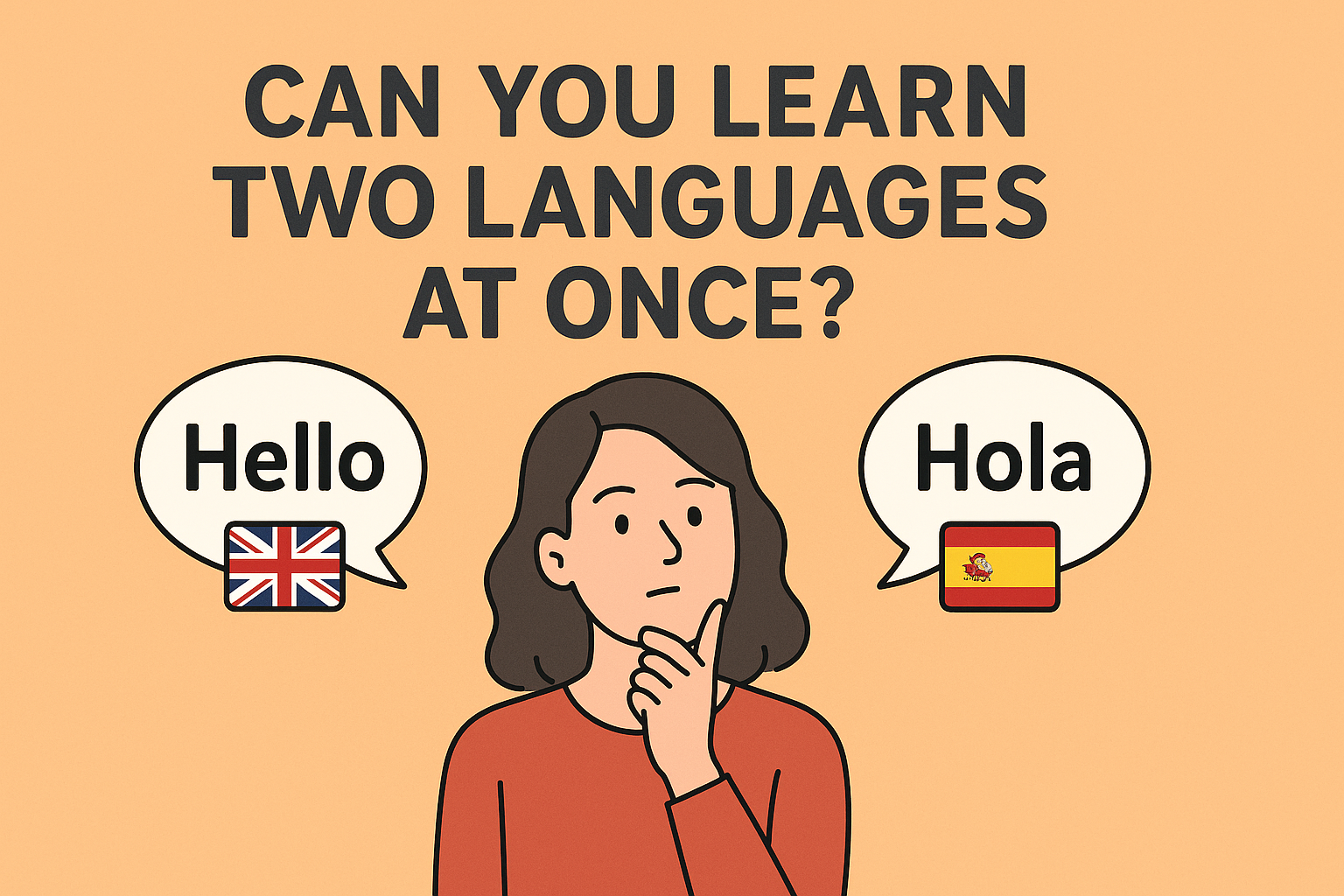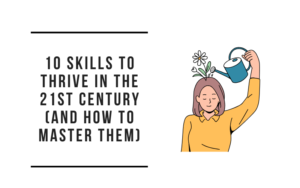Ever wonder if you can juggle two linguistic balls in the air simultaneously? The burning question for many aspiring polyglots is: Can you learn two languages at once? It’s a tempting thought – doubling your learning efforts and expanding your horizons even faster. But is it truly feasible, or are you setting yourself up for a tangled web of vocabulary and grammar? Let’s dive into the possibilities and practicalities of tackling two languages at the same time.
Table of Contents
Can You Learn Two Languages at Once? (The Short Answer)
Yes, you can learn two languages at once—but it depends on how you approach it. While it’s entirely possible to make progress in two languages at the same time, it requires more planning, discipline, and awareness than focusing on just one.
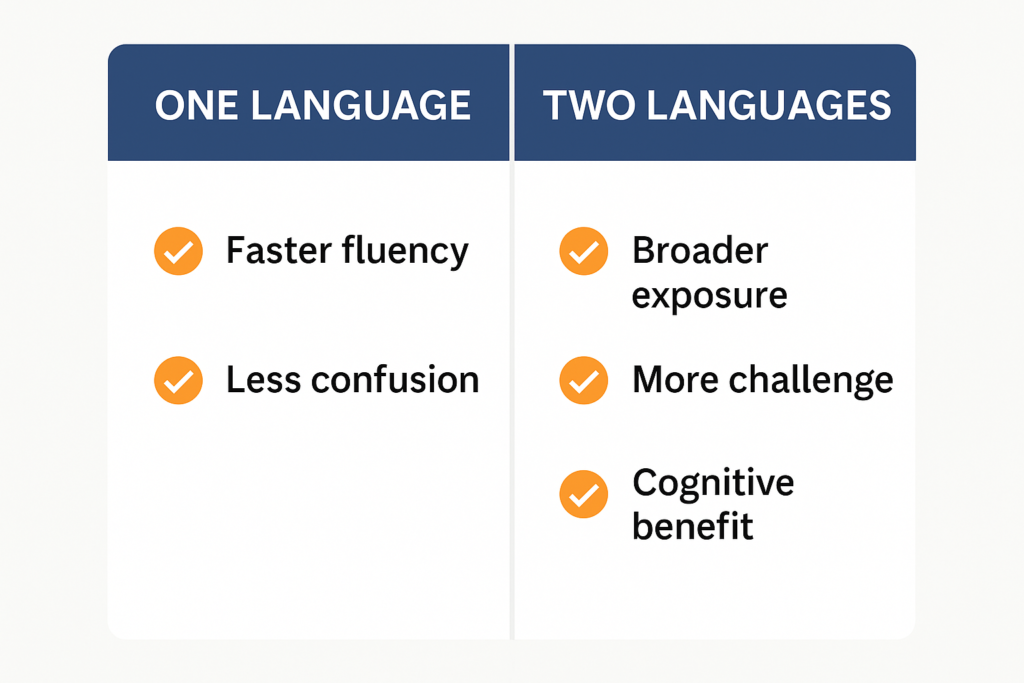
Most experts agree that success in learning two languages simultaneously depends on factors like:
- Your available time and energy
- How different or similar the two languages are
- Your motivation and long-term goals
- Your learning methods and consistency
Trying to absorb two languages without a clear system can lead to confusion and slower progress. But with the right strategy, you can avoid mixing things up and stay on track in both languages.
👉 Pro Tip: Choose one language as your “primary” and the other as “secondary.” Focus more time on the primary while still maintaining daily exposure to the second.
The Pros and Cons of Learning Two Languages Simultaneously
If you’ve been wondering, can you learn two languages at once, the answer is yes—but it comes with both advantages and challenges. Understanding the pros and cons can help you decide if this path fits your learning style and goals.

✅ Pros of Learning Two Languages at Once
1. Cognitive Benefits
Learning two languages trains your brain to switch between different systems, improving memory, multitasking skills, and overall mental flexibility.
2. Broader Cultural Exposure
Studying two languages opens doors to multiple cultures, ways of thinking, and worldviews at the same time, making the experience even richer.
3. Efficiency for Similar Languages
If the languages are related (like Spanish and Italian), you can often leverage similarities, making vocabulary and grammar easier to learn.
4. Increased Motivation
Switching between two languages can keep things exciting and prevent boredom, especially if you set small milestones for each.
❌ Cons of Learning Two Languages at Once
1. Slower Progress
Because your time and focus are divided, you might not progress as quickly in either language compared to studying just one.
2. Language Interference
When two languages are too similar (like French and Portuguese), you might mix up grammar rules or vocabulary without realizing it.
3. Higher Risk of Burnout
Managing two study schedules, vocab lists, and grammar systems can be overwhelming, especially without clear organization.
4. Requires Stronger Time Management
Without a disciplined plan, it’s easy to fall behind or get discouraged.

How Your Goals Affect the Outcome
When it comes to answering the question, can you learn two languages at once, one of the most important factors is your personal goal. Your “why” directly influences your method, time commitment, and how much progress you’ll realistically make.
1. Casual Interest or Travel
If you’re learning for a vacation or to casually connect with locals, the pressure is lower. You can balance two languages by focusing on basic vocabulary, greetings, and everyday phrases.
Recommended Resource:
👉 Lonely Planet Phrasebooks – Travel-Friendly Language Guides
2. Academic or Career Advancement
If you’re learning for school or professional certifications, you’ll need a more structured approach—like grammar drills, formal vocabulary, and writing practice. In this case, focusing more heavily on one language may bring better results in less time.
Recommended Resource:
👉 Barron’s Language Proficiency Test Prep Books
3. Heritage or Emotional Connection
When learning a language tied to family, culture, or identity, motivation tends to be higher. Many learners are willing to dedicate more time because the emotional reward is so strong. These goals are often long-term, which makes learning two languages more sustainable.
Recommended Resource:
👉 “Fluent Forever” by Gabriel Wyner – How to Learn Any Language Fast
4. Time-Sensitive Goals
Need to reach fluency by a specific date? You’ll have to be extra strategic. In this case, it’s often better to prioritize one language until you reach an intermediate level, then gradually add the second.
Time Commitment: Is Your Schedule Ready?
Before you dive into dual language learning, one critical question to ask is: Do you realistically have the time? When wondering can you learn two languages at once, your weekly schedule might be the deciding factor between success and frustration.
Estimate Your Available Time

Start by asking yourself:
How much uninterrupted study time can I commit each day or week?
A good starting point is 30–60 minutes per day—ideally split between the two languages. If that feels like too much, you might want to focus on one language until you free up more time.
Start by tracking how much free time you really have in a week. Try this:
- Use Clockify or Toggl to log your daily activities.
- See where you can carve out 30–60 minutes a day for language learning.
Build a Consistent Study Schedule
Split your time strategically:
- Morning: Language A (e.g., Duolingo + flashcards)
- Evening: Language B (e.g., listening + conversation practice)
Use Todoist to set recurring tasks, and stay organized with reminders and learning goals.
Sample Weekly Study Plan
| Day | Language 1 Focus | Language 2 Focus |
|---|---|---|
| Monday | Vocabulary | Listening |
| Tuesday | Grammar Practice | Flashcards |
| Wednesday | Speaking (italki) | Reading (LingQ) |
| Thursday | Writing | Review Session |
| Friday | Podcast | Journal Entry |
| Weekend | Light Review or Break Day |
Use the Right Platforms for Consistency
Learning two languages requires consistency even more than intensity. Use tools that keep you engaged:
- 📚 LingQ – Read and listen to real-world content in both languages
- 🗣️ italki – Practice speaking both languages with real tutors
- 📘 Language Learning Notebooks on Amazon – Stay organized
Be Realistic, Not Overambitious
If your schedule is already packed with work, school, or other commitments, it’s okay to slow down. Learning languages is a marathon, not a sprint. You can always focus on one now and add the second later.
Language Pair Compatibility
What Is Language Pair Compatibility?
Language pair compatibility refers to how well two languages work together in a simultaneous learning environment. The right pairing can help you accelerate learning through shared roots or structure. The wrong pairing might slow you down due to constant mix-ups.

✅ Compatible Language Pairs (Ideal for Beginners)
If you’re just starting out, choosing a compatible pair—either due to differences or similarities—can make a huge difference.
- Different Language Families (Less Confusion)
Example: Spanish + Japanese
Different grammar, vocabulary, and phonetics make these easier to keep mentally separate. - Similar Languages (Shared Roots)
Example: Italian + Spanish
These share grammar and vocabulary, so you can leverage one to reinforce the other.
🔗 Explore language similarities and vocabulary overlap using LingQ for parallel reading and listening.
⚠️ Challenging Language Pairs (Higher Risk of Interference)
Some combinations can be more difficult due to overlapping grammar or word structure:
- Too Similar
Example: Danish + Norwegian
You might struggle to remember which word belongs to which language. - Two Complex New Systems
Example: Russian + Arabic
Both require learning a new script and deep grammar rules, which can overwhelm beginners.
Learning Styles: What Works for You?
Everyone learns differently. Understanding your learning style can help you study more effectively and achieve better results.
What are learning styles?
Learning styles are the different ways people prefer to learn and process information. Some common learning styles include:
- Visual: You learn best by seeing. Images, diagrams, charts, and videos are helpful.
- Auditory: You learn best by hearing. Lectures, discussions, and audio recordings are effective.
- Kinesthetic/Tactile: You learn best by doing. Hands-on activities, experiments, and movement are beneficial.
- Reading/Writing: You learn best through words. Textbooks, notes, and writing assignments work well.
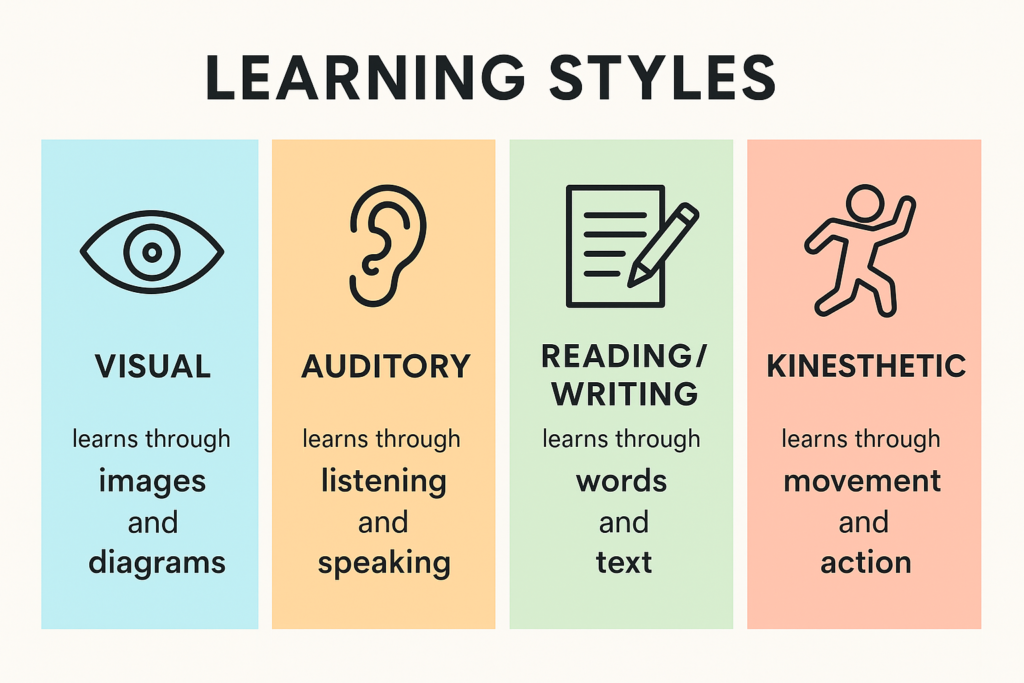
Identifying your learning style
There are many online quizzes and assessments that can help you determine your dominant learning style. Experiment with different study methods to see what works best for you.
Can you learn two languages at once?
Yes, it’s possible to learn two languages at once, but it requires dedication and a strategic approach. Here are some tips:
- Set realistic goals: Don’t try to become fluent in both languages overnight. Start with the basics and gradually increase your learning intensity.
- Allocate specific time slots: Dedicate separate study times for each language to avoid confusion.
- Use different resources: Vary your learning materials for each language (textbooks, apps, videos) to keep things interesting.
- Find language partners: Practice speaking with native speakers in both languages.
- Immerse yourself: If possible, spend time in environments where both languages are spoken.
Best Tools and Resources for Dual Language Learning
Learning two languages at once can be challenging but also incredibly rewarding. The right tools and resources can make the process more efficient and enjoyable.
Language Learning Apps:
- Duolingo: A popular, gamified app for learning the basics of many languages. (No affiliate link available)
- Memrise: Focuses on vocabulary building using spaced repetition. (No affiliate link available)
- LingQ: Offers a vast library of authentic content (articles, podcasts, etc.) with interactive features.
- italki: Connects you with native speakers for online lessons and language exchange.
| Platform | 🧠 Vocabulary | 📖 Reading | 🗣 Speaking | 📚 Grammar | 🎯 Best For |
|---|---|---|---|---|---|
| LingQ | ⭐⭐⭐⭐☆ | ⭐⭐⭐⭐⭐ | ⭐☆☆☆☆ | ⭐⭐☆☆☆ | Immersive reading & vocab through context |
| italki | ⭐⭐☆☆☆ | ⭐⭐☆☆☆ | ⭐⭐⭐⭐⭐ | ⭐⭐⭐⭐☆ | 1-on-1 speaking practice with tutors |
| Memrise | ⭐⭐⭐⭐☆ | ⭐⭐☆☆☆ | ⭐⭐☆☆☆ | ⭐⭐☆☆☆ | Fun vocab drills & spaced repetition |
| Duolingo | ⭐⭐⭐☆ | ⭐⭐⭐☆ | ⭐⭐☆☆☆ | ⭐⭐⭐☆ | Gamified all-round beginner learning |
Online Courses and Platforms:
- Coursera & edX: Offer university-level language courses. (No affiliate links available)
- Babbel: Subscription-based language courses with a focus on conversation. (No affiliate link available)
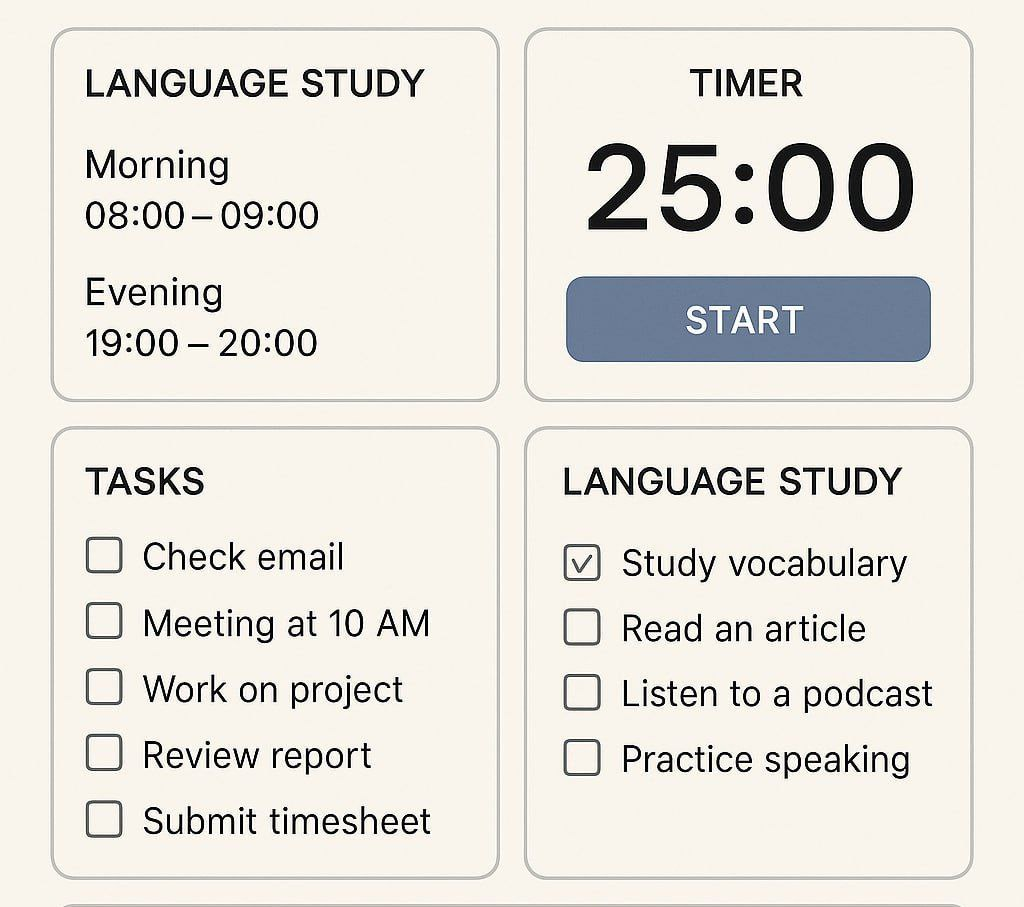
Time Management & Organization:
- Todoist: A task management app to schedule study sessions and track progress.
- Clockify & Toggl: Time-tracking tools to monitor your study time for each language.
Traditional Resources:
- Textbooks & Workbooks: Provide a structured learning path.
- Dictionaries & Phrasebooks: Essential for looking up words and phrases.
Immersion & Practice:
- Language Exchange Partners: Find native speakers to practice with (italki).
- Movies, TV Shows & Music: Immerse yourself in the languages you’re learning.
- Books & Podcasts: Improve your reading and listening comprehension.
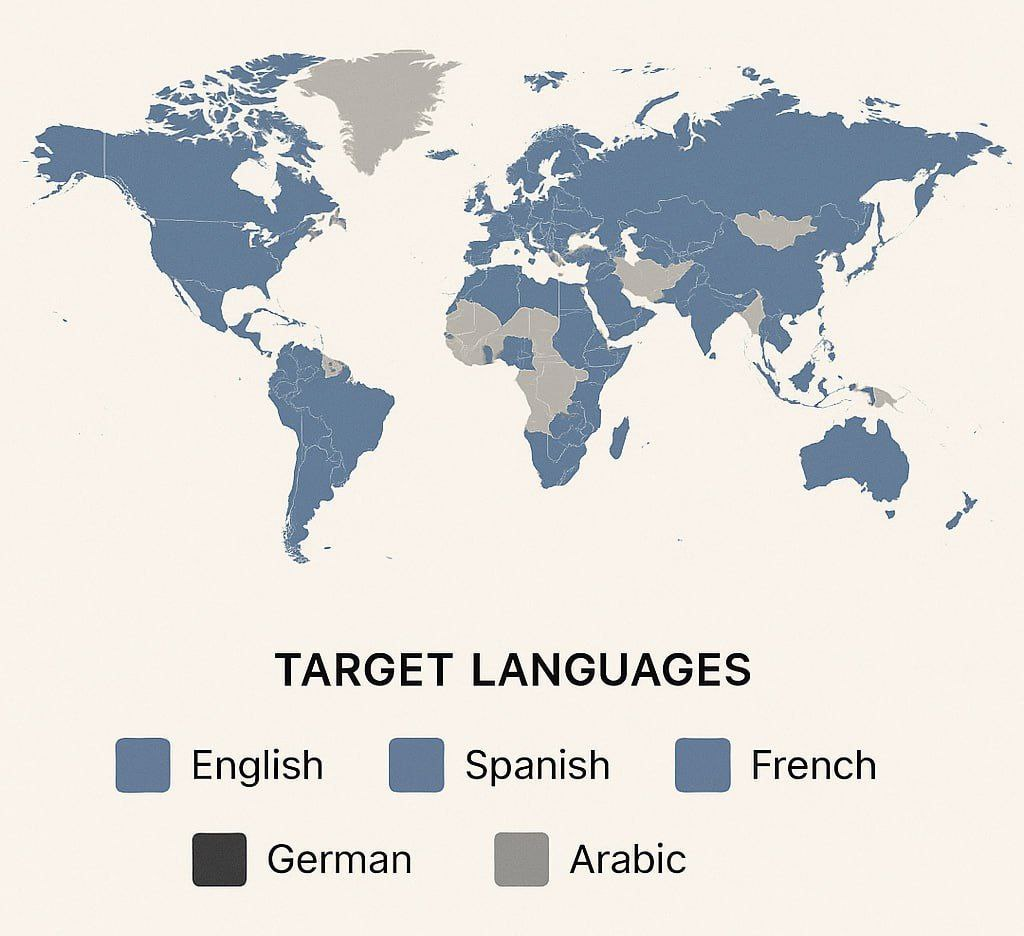
Tips for Avoiding Burnout and Mixing Languages
Can you learn two languages at once without overwhelming your brain or accidentally blending vocab? The answer is yes—if you’re intentional about your study habits. Learning two languages simultaneously can be incredibly rewarding, but it requires strategy to stay energized and avoid confusion.
Here are simple, effective tips to help you stay on track.
1. Pick Languages That Are Easy to Tell Apart
Avoid learning two very similar languages together (like Spanish + Italian).
Instead, choose ones from different families—for example:
- 🇫🇷 French (Romance) + 🇯🇵 Japanese (Japonic)
- 🇩🇪 German (Germanic) + 🇸🇦 Arabic (Semitic)
2. Set Clear, Separate Goals for Each Language
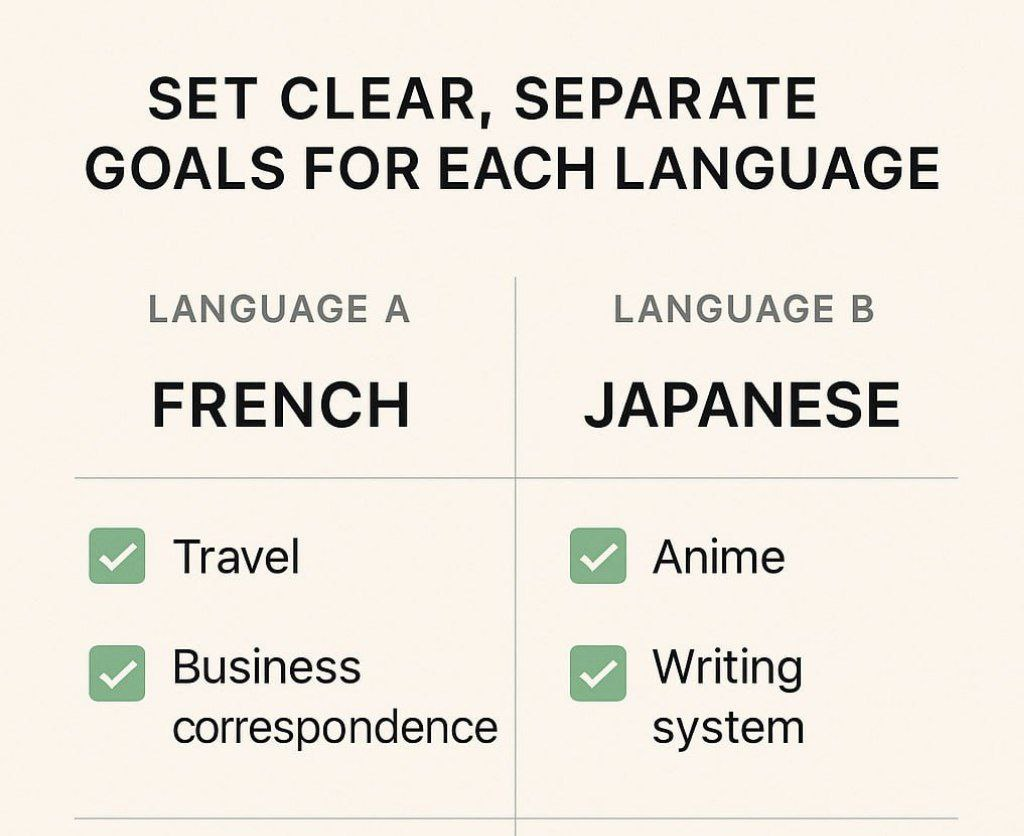
Ask yourself:
- Why am I learning Language A?
- What’s my purpose for Language B?
Example:
- ✈️ French for travel
- 📺 Japanese for anime
🎯 When your goals differ, your brain stores them in different “folders.”
3. Separate Study Times (Morning vs Evening)
Don’t cram both languages into one sitting. Instead:
| Language | Time Slot |
|---|---|
| 🇫🇷 French | 8:00 AM |
| 🇯🇵 Japanese | 7:00 PM |
🧠 This helps prevent confusion and allows for mental resets.
4. Mix Up Learning Methods
Use different formats to create mental separation:
- 👂 French → Podcasts
- 📚 Japanese → Flashcards
- 🎮 French → Language app
- 🎤 Japanese → Conversation practice
Keep your brain guessing and you’ll keep things clearer.

5. Track Your Energy and Avoid Overload
Language learning is mental weightlifting.
Tired? Reduce your load. Take micro-breaks. Use Pomodoro timers.
💡 Consistency beats intensity.
6. Don’t Compare Language Progress
One might take off faster than the other—and that’s totally fine.
✨ Focus on:
- Enjoying the process
- Measuring effort, not results
- Celebrating both journeys
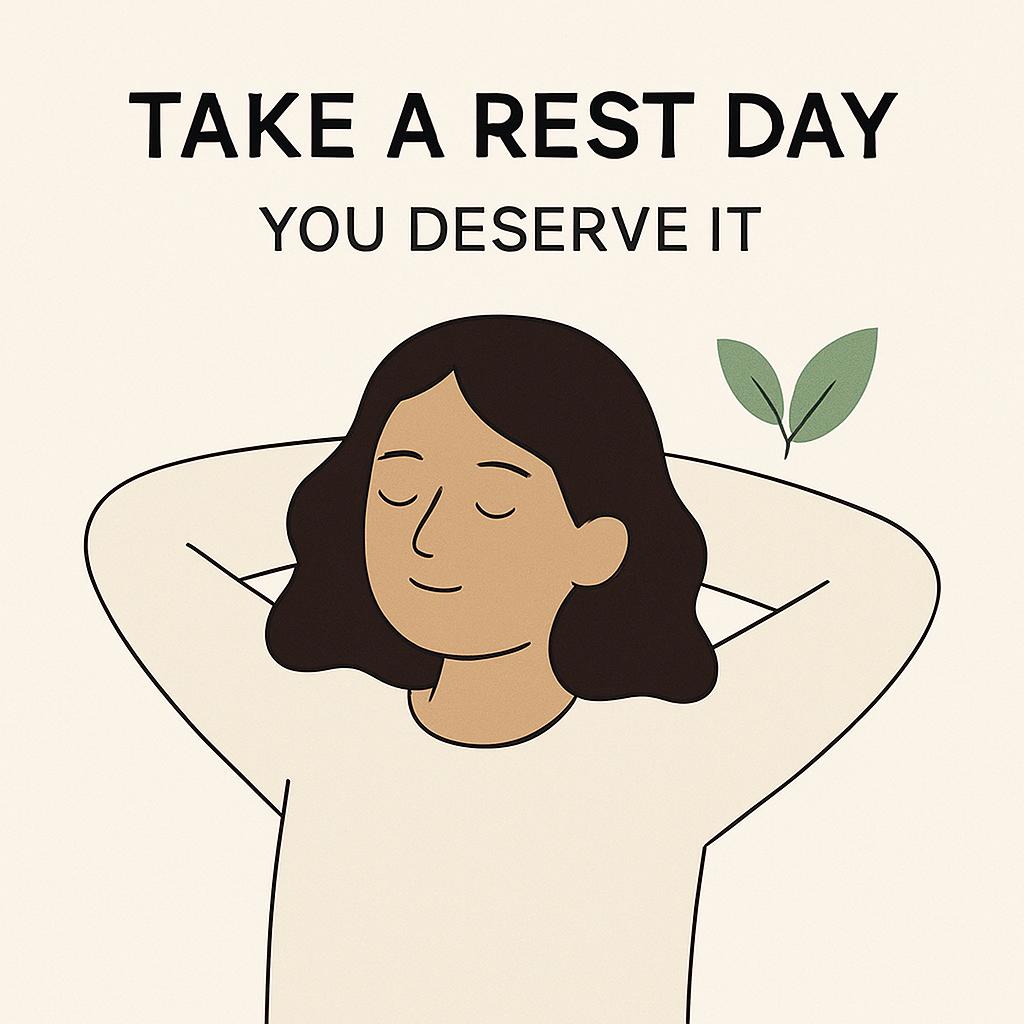
7. Schedule a Weekly Rest Day
Even your brain needs a breather.
👉 1 day a week, do nothing language-related.
🛀 Reset. Recharge. Return stronger.
Real-Life Case Studies & Polyglot Advice
Many language learners wonder:
Can you learn two languages at once and actually succeed?
The answer is yes—if you learn like a polyglot.
Below are real-life examples and expert tips from seasoned polyglots who have done it successfully.
Case Study #1: Luca Lampariello – The Structured Approach
Languages learned together: Russian & Swedish
Strategy: Time separation + language rotation
Key Takeaway:
“The trick is balance and keeping your learning methods varied but consistent.”
- 🔁 Morning: Russian (listening & grammar)
- 🌙 Evening: Swedish (conversation practice)
- 🗓 Weekly review: Both languages, alternating focus
Case Study #2: Shannon Kennedy – Using Tech Tools
Languages learned together: Korean & Mandarin
Strategy: App-based immersion + voice journaling
Key Takeaway:
“I don’t treat them equally every day. I let my life dictate which one gets more attention.”
- 🎧 Listening to music & podcasts
- 🎙 Speaking aloud to record progress
- 📱 Using different apps for each language to avoid overlap
Case Study #3: Steve Kaufmann – Input Overload (in a good way)
Languages learned together: Czech & Korean
Strategy: Heavy reading & listening input
Key Takeaway:
“Don’t worry about mixing them. It’s part of the process. Focus on exposure.”
- 📖 Read news in both languages
- 🧠 Emphasis on comprehension, not perfection
- 🔁 Immersion and spaced repetition
Polyglot Tips: How They Learn Two at Once
Here’s what successful polyglots recommend if you’re still asking,
“Can you learn two languages at once?”
| ✅ Do This | ❌ Avoid This |
|---|---|
| Study at different times | Studying both back-to-back |
| Use different tools & formats | Using the same app for both |
| Connect each language to real-life goals | Learning both for no reason |
| Track your energy and switch focus weekly | Forcing equal attention every day |
Frequently Asked Questions (SEO Bonus)
❓Can you learn two languages at once?
✅ Yes, you can! But you’ll need:
- A clear study plan
- Consistent motivation
- Effective learning methods
Tip: Avoid learning two very similar languages (like Spanish and Italian) at the same time to reduce confusion.
❓Will I confuse grammar and vocabulary?
Sometimes — but here’s how to avoid it:
- 📚 Use separate resources for each language
- 🗂 Create different vocab lists or flashcards
- 🗣 Practice each language with different native speakers
| English | Spanish 🇪🇸 | Italian 🇮🇹 | Comment |
|---|---|---|---|
| Hello | Hola | Ciao | “Ciao” is informal; use “Buongiorno” formally |
| Thank you | Gracias | Grazie | Very similar pronunciation |
| Good morning | Buenos días | Buongiorno | Literal translation |
| Water | Agua | Acqua | Common root, different spelling |
| House | Casa | Casa | Identical spelling, same meaning |
❓How much time should I dedicate daily?
Aim for 30–60 minutes per language.
Most important: Consistency over intensity!
👉 It’s better to study 30 minutes a day than 3 hours once a week.
❓What resources should I use?
Mix it up with:
- Duolingo for bite-sized learning
- LingQ, italki for reading + vocabulary building
- Podcasts, books, and videos for immersion
🌐 Use different formats to keep learning fresh and fun!
Conclusion: Is It Worth It?
So, can you learn two languages at once — and more importantly, is it worth it?
If your goals align with global communication, cognitive growth, and cultural enrichment, then yes — it’s definitely worth it. While the journey requires focus, discipline, and smart planning, the rewards are long-lasting and often life-changing.
Learning two languages at once challenges your brain, sharpens your time management skills, and opens doors to more than one world — sometimes quite literally. If you’re willing to put in the time and tailor your strategy, learning two languages at once can be one of the most rewarding personal projects you’ll ever take on.

